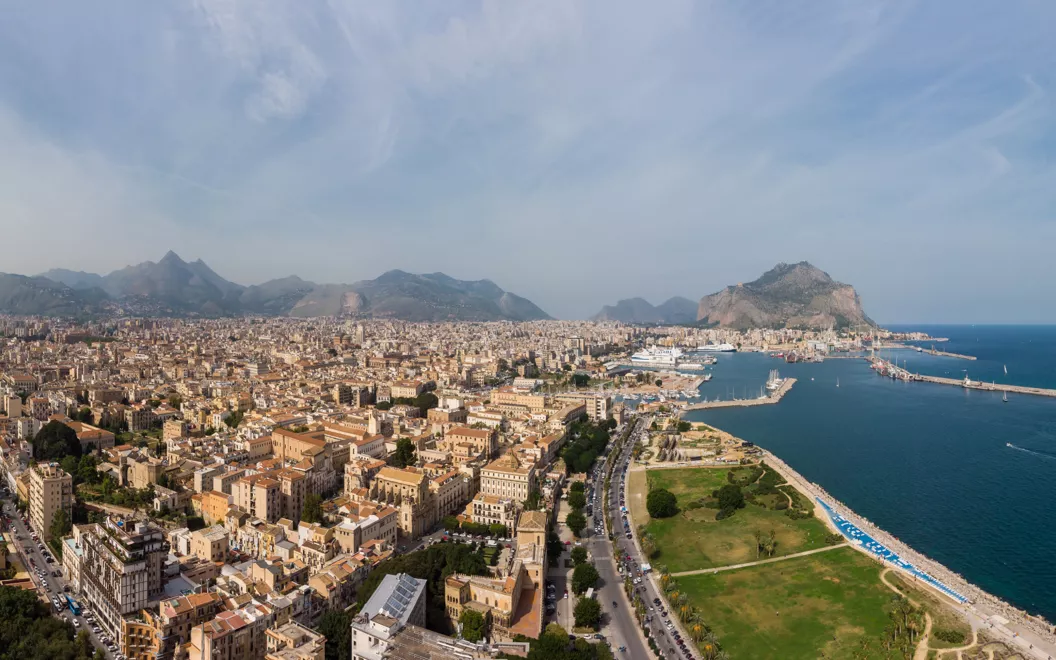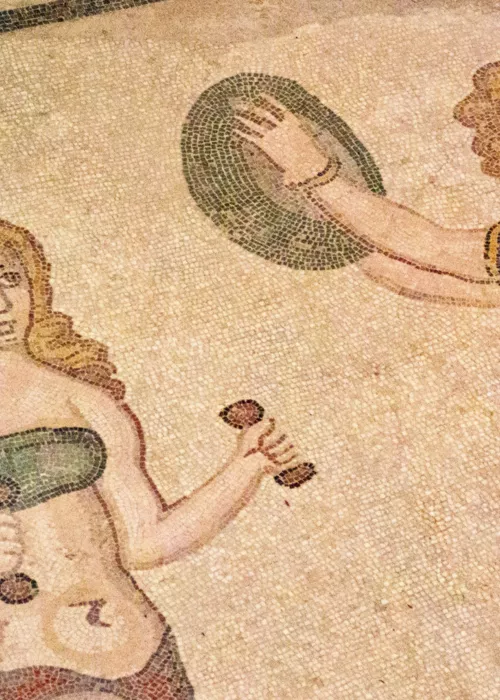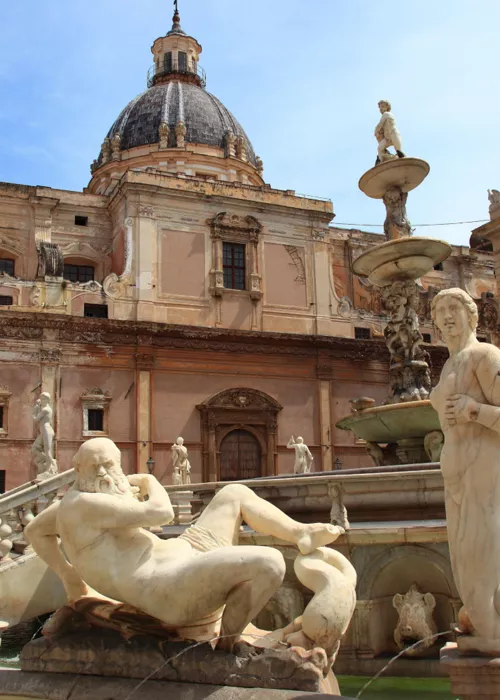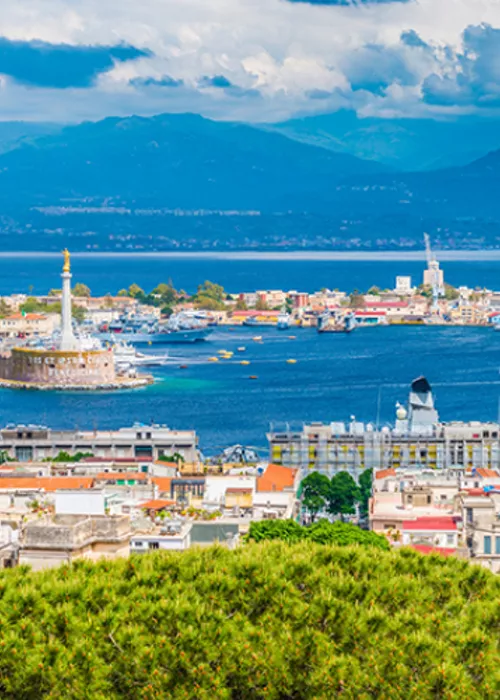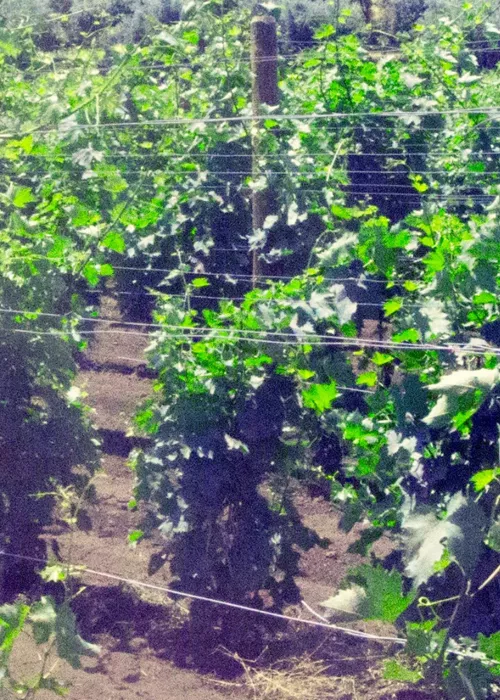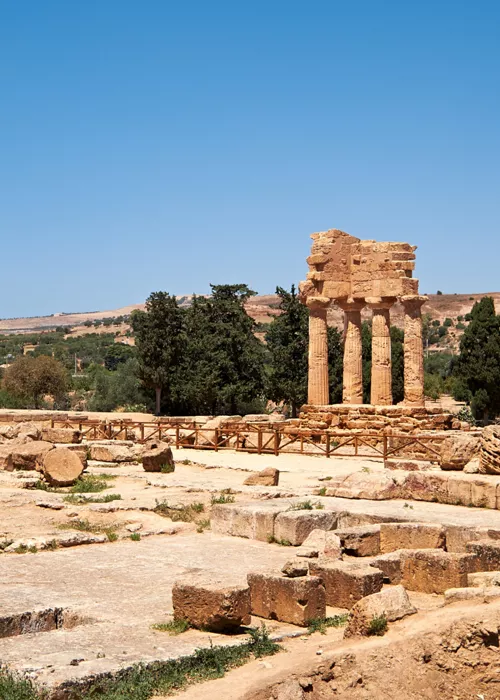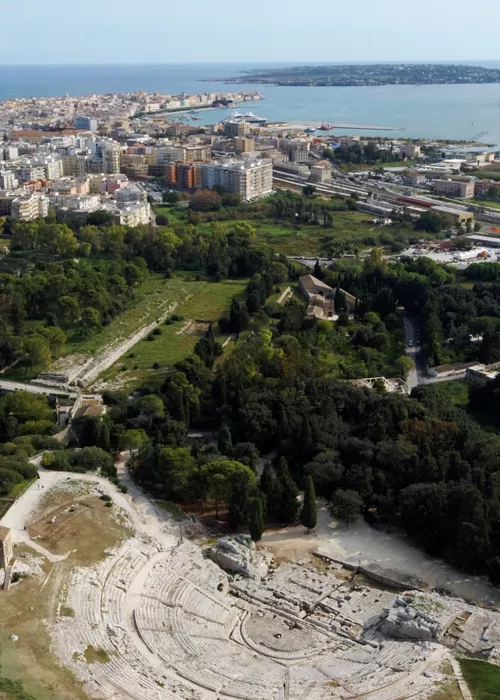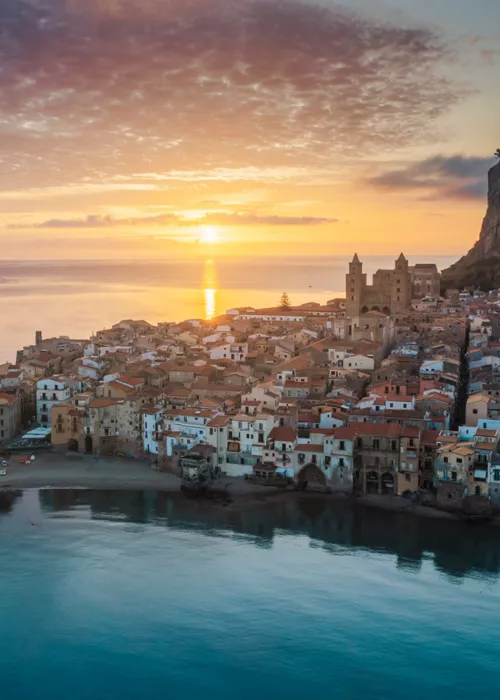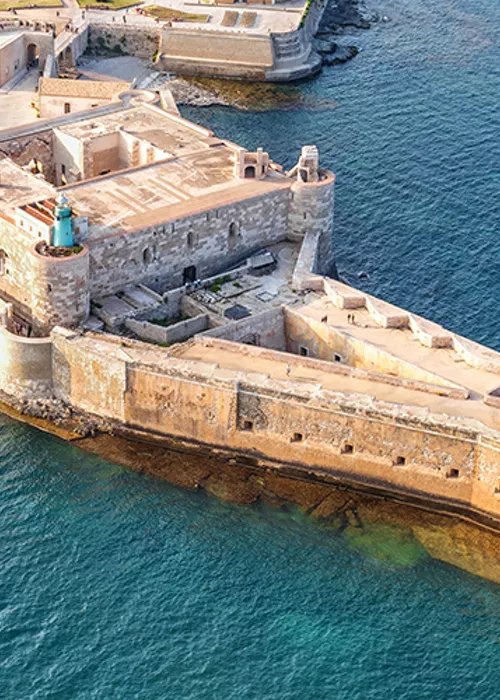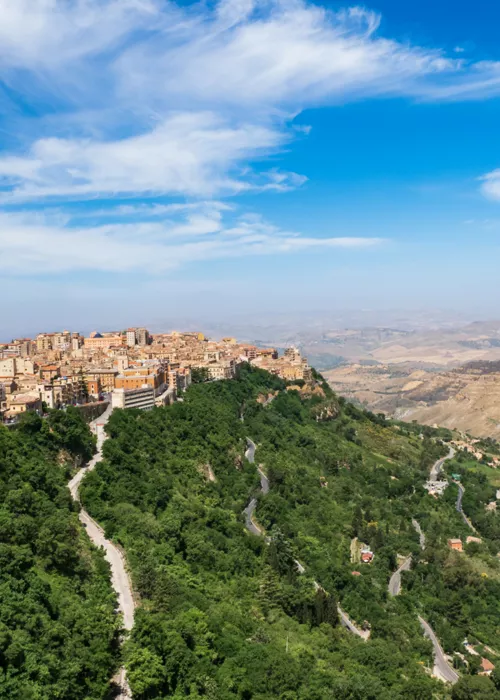Foro Italico

The seafront promenade in Palermo is enlivened by palm trees and Mediterranean plants, paths cutting through a shaved lawn, tiled benches or sunbeds and, in summer, a big screen for outdoor cinema. We have Viceroy Marcantonio Colonna to thank for this open and liveable space that offers moments of decompression and the discovery of beautiful places. Starting at the end, Villa Giulia, the public garden defined by Goethe as the most wonderful corner of the earth, and then the subtropical paradise of the Botanical Garden. Two places that herald the Kalsa, a somewhat bohemianneighbourhood, where, amidst crumbling and charming buildings, clothes hanging out of windows, noble buildings, and fine, ancient architecture, one finds workshops of creative artisans, bars and cosy little places. While you are here, before continuing along the sea, it is worth seeing the remains of the uncovered church of S. Maria dello Spasimo, an enchanting place.
La Cala Marina

Continuing the walk along the Foro Italico, before reaching the marina La Cala, which offers a picturesque view of pleasure boats, fishing boats and sailboats, there is a nice place to stop for a drink, an apéritif or to listen to live music. It is the Nauto, built on the "rediscovered beach", a former landfill site that was later reclaimed and embellished in 2010 by the contemporary artwork Nautoscopio, the brainchild of Giuseppe Amato. Very close by is the church of S. Maria della Catena, built in the early 16th century, in Catalan-Gothic style with some Renaissance elements; it owes its name to the chain with which the city's ancient port was closed.
Palermo Marina Yachting, the trapezoidal pier

The redeveloped trapezoidal pier is anticipated by the Castle by the Sea, or what remains of the 9th century Arab-Norman fortress. So we enter the Palermo Marina Yachting, as the pier was renamed after its redevelopment. An extraordinary makeover has made Palermo's water front a very attractive place thanks to its architectural design . A new open space entirely for pedestrians and cyclists that celebrates Palermo's link with the sea. A long promenade, an artificial lake with a scenic gushing fountain, an auditorium, a panoramic amphitheatre and places to eat and drink well.
Oratory of the Holy Rosary in S. Cita

On the way back to the city centre, don't miss this 17th-century chapel featuring stucco work by Giacomo Serpotta. Wonderful and elaborate is the Battle of Lepanto on the entrance wall: depicting the Christian victory over the Turks, it is framed by stucco drapes supported by two emaciated putti symbolising the consequences of the war. Serpotta's virtuosity also dominates the side walls, where figures sculpted in white stucco hold golden swords, shields and a lute, while a golden snake twists around a frame.


